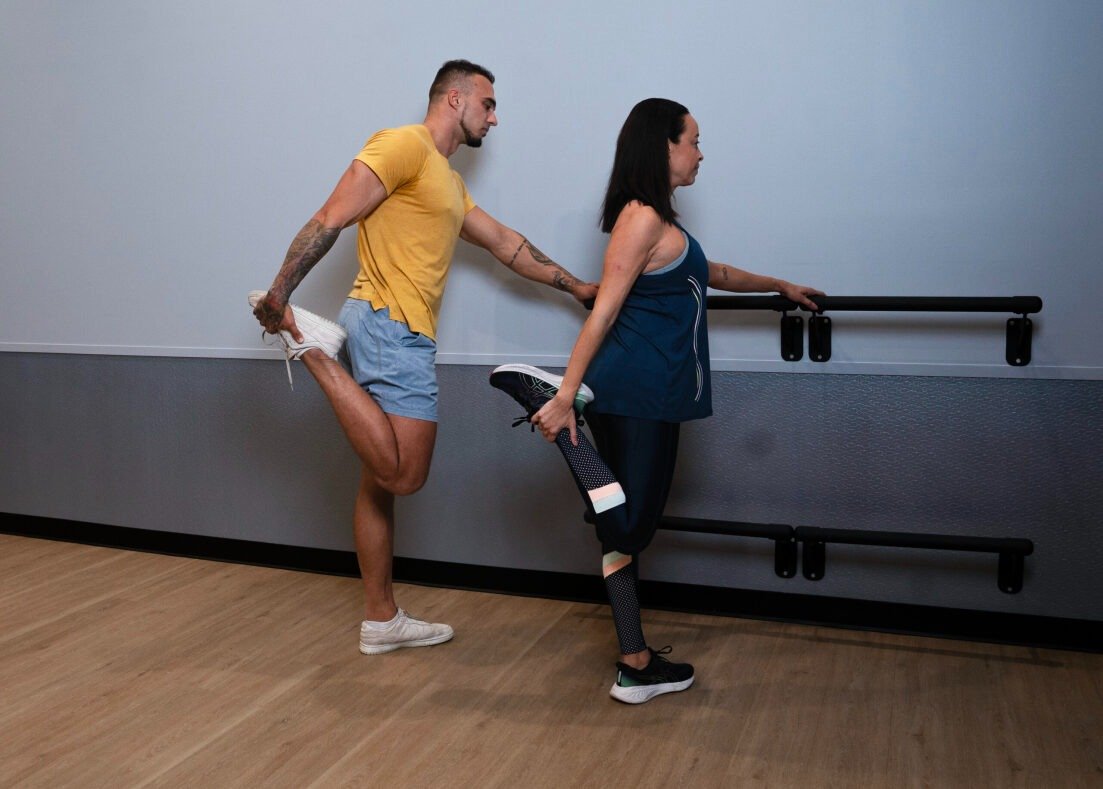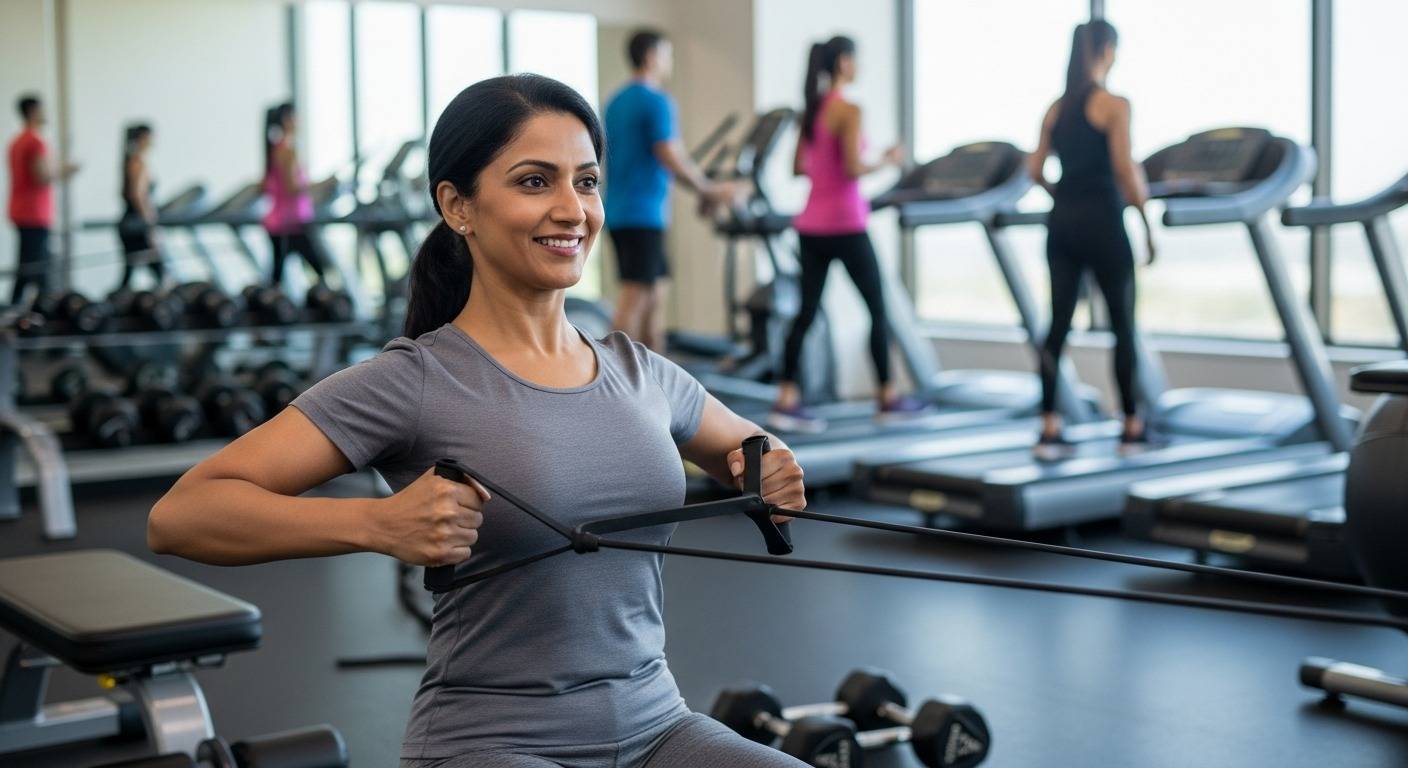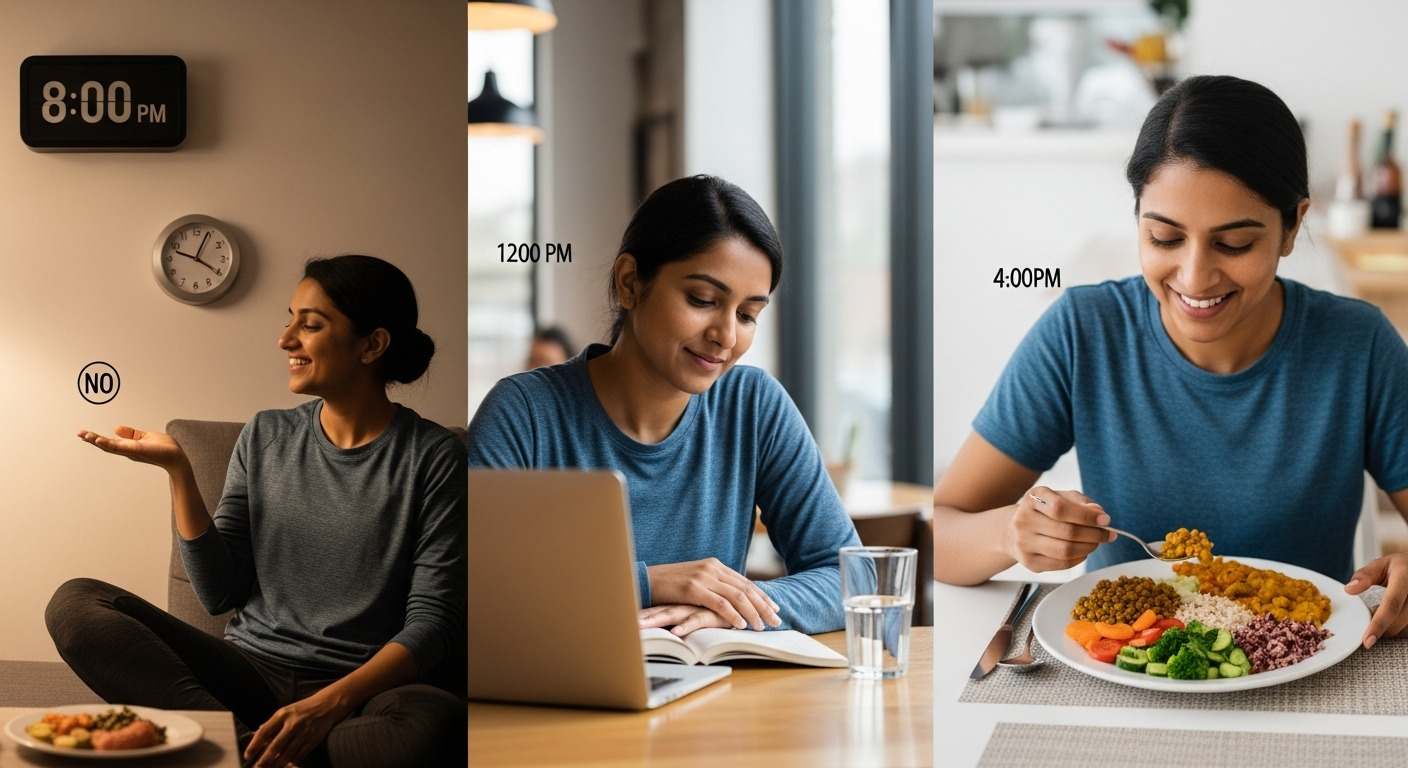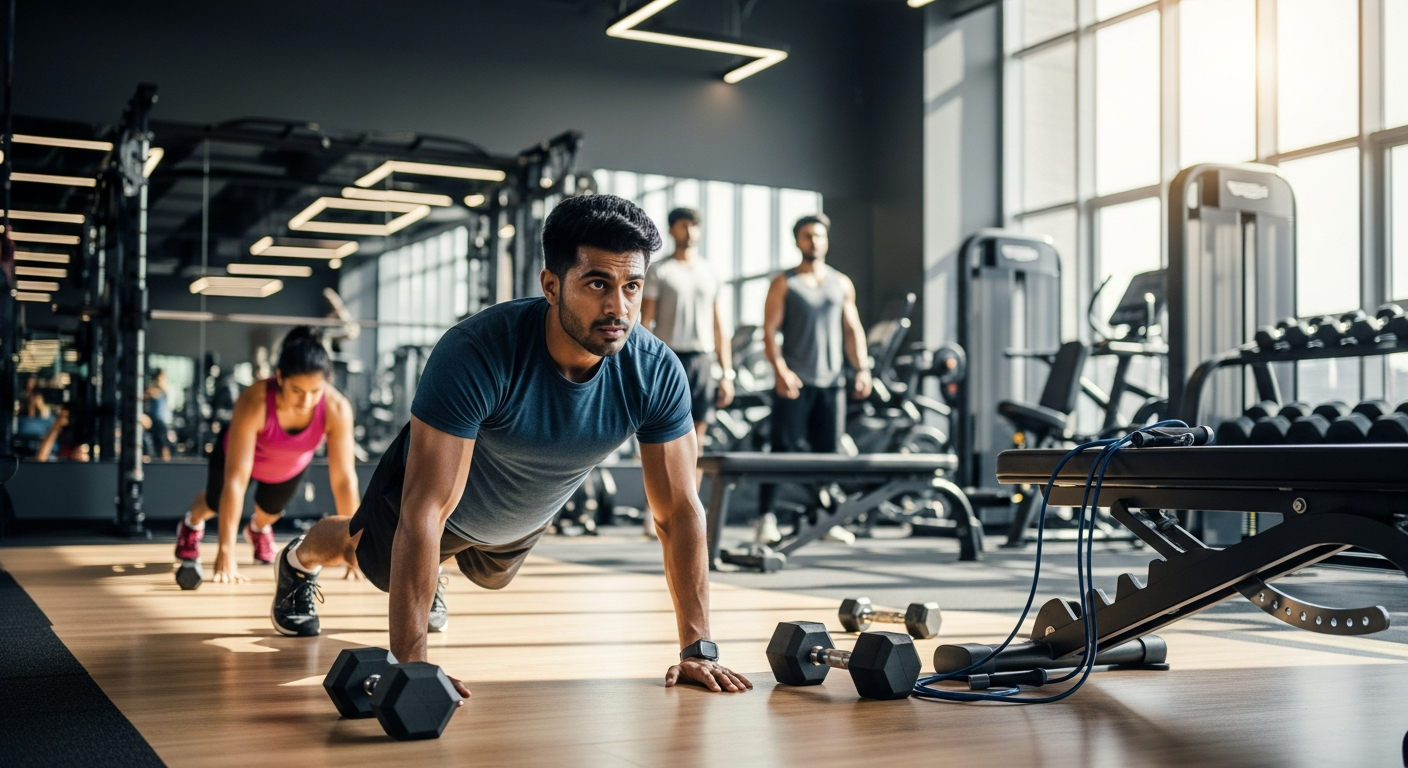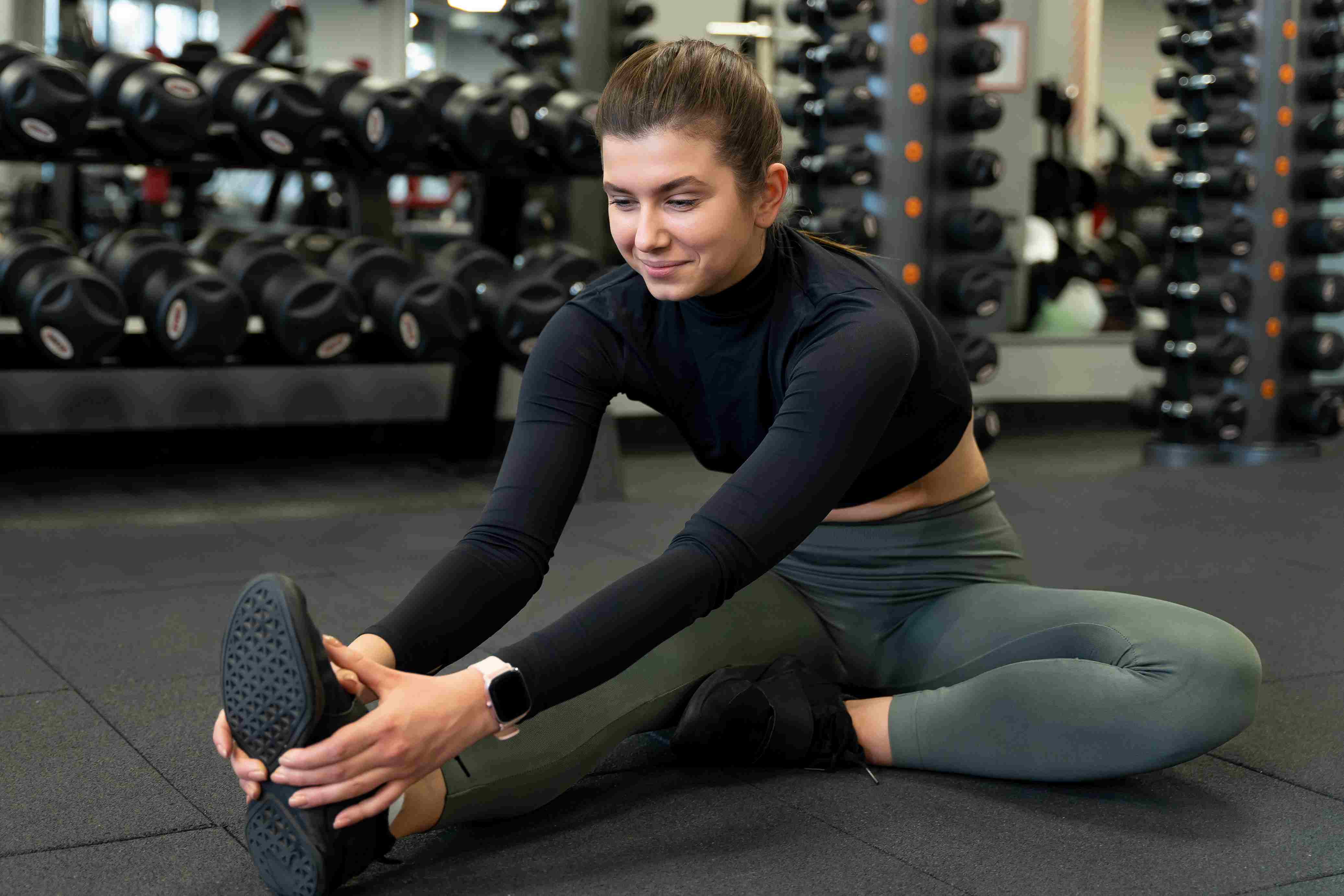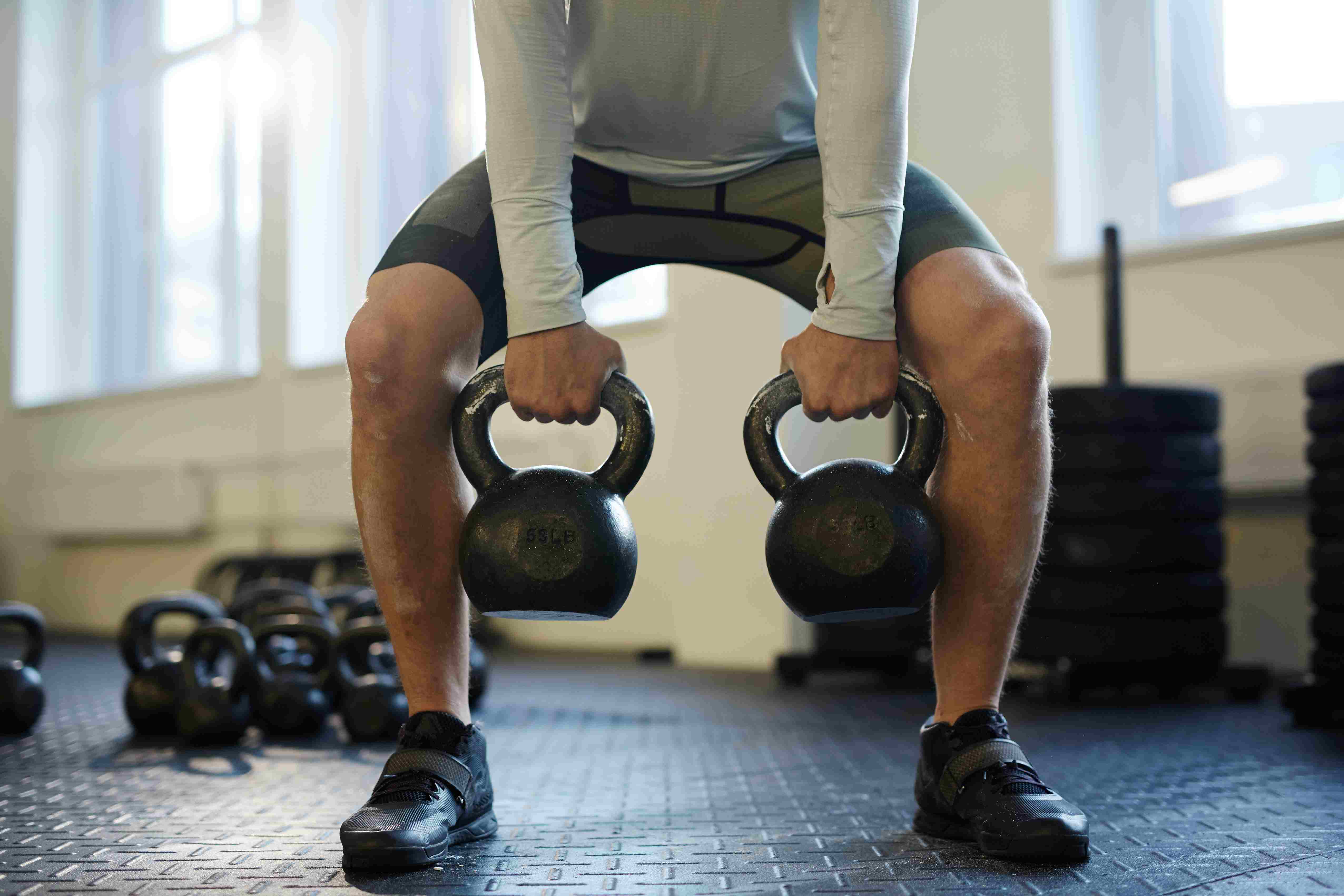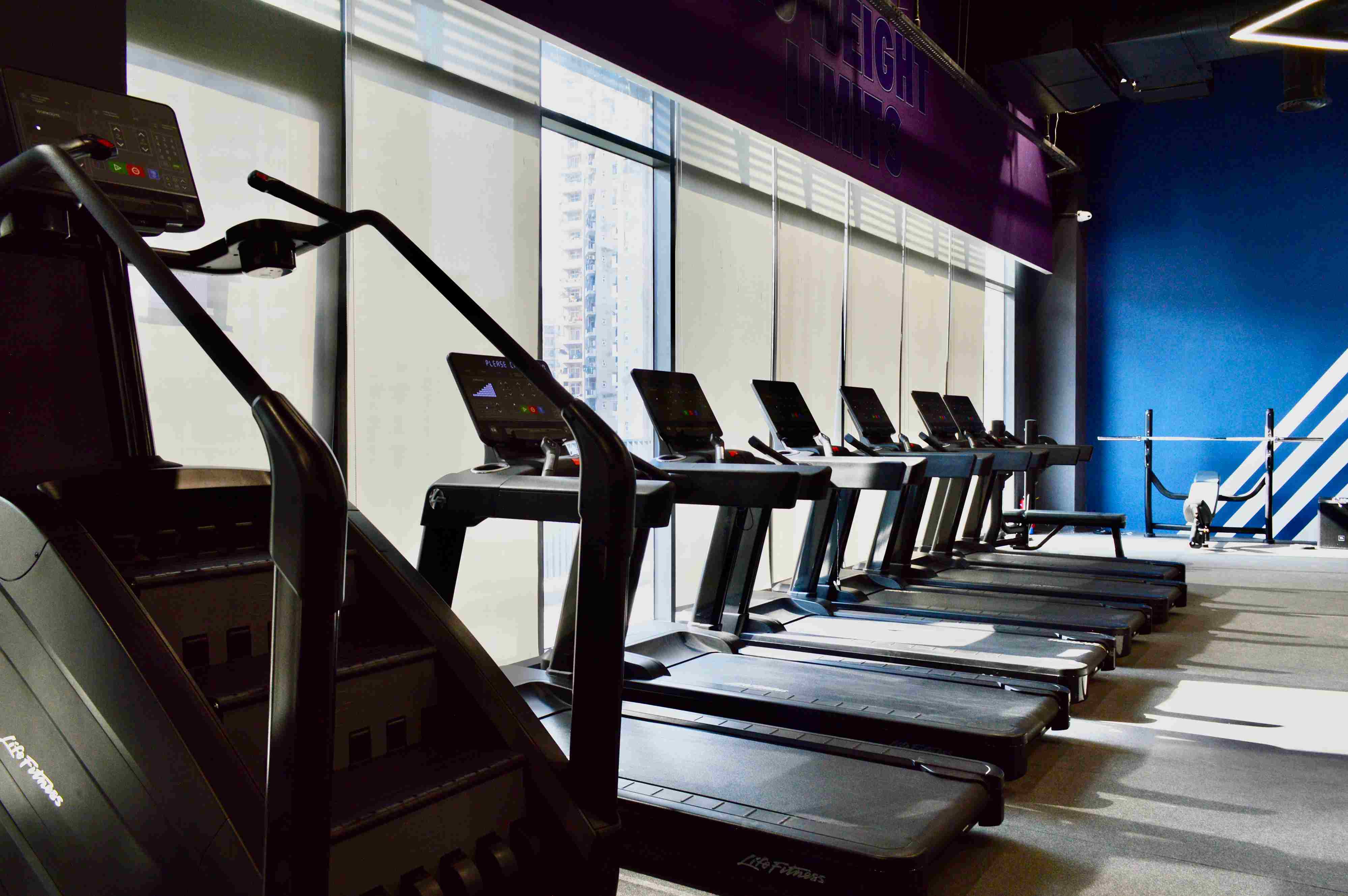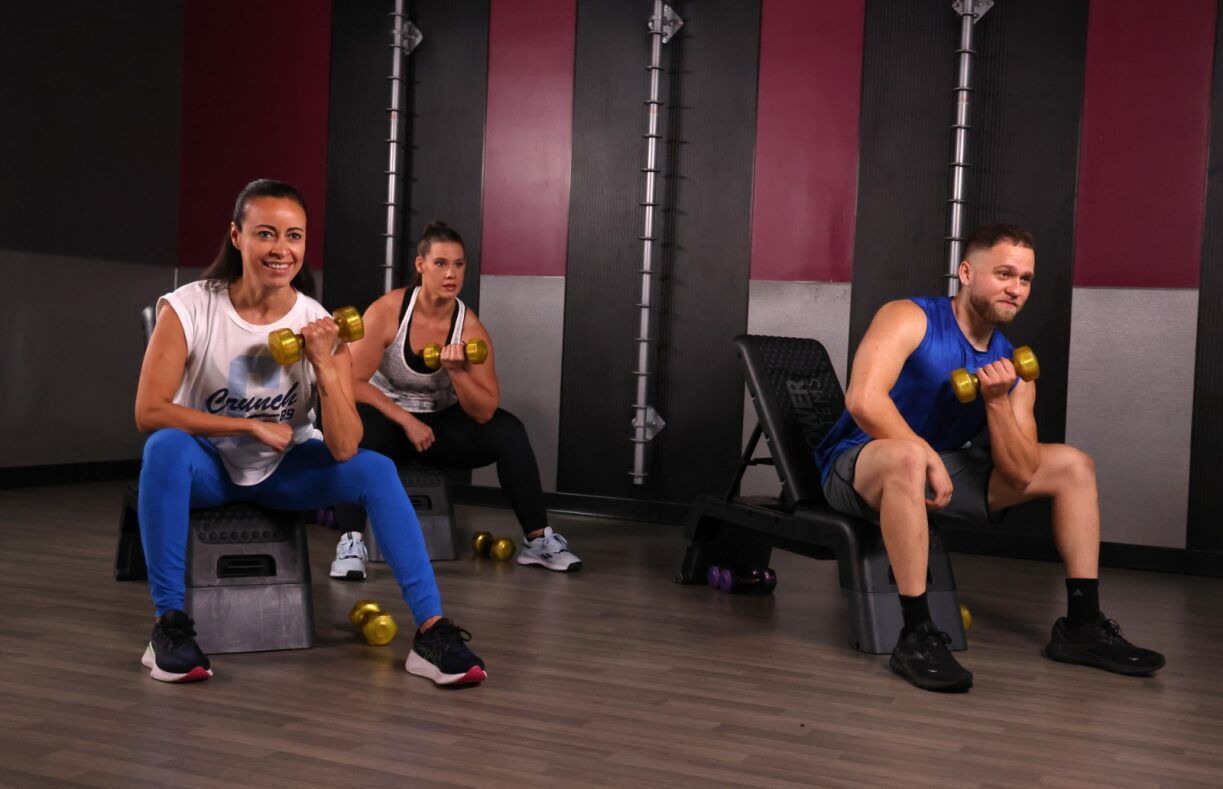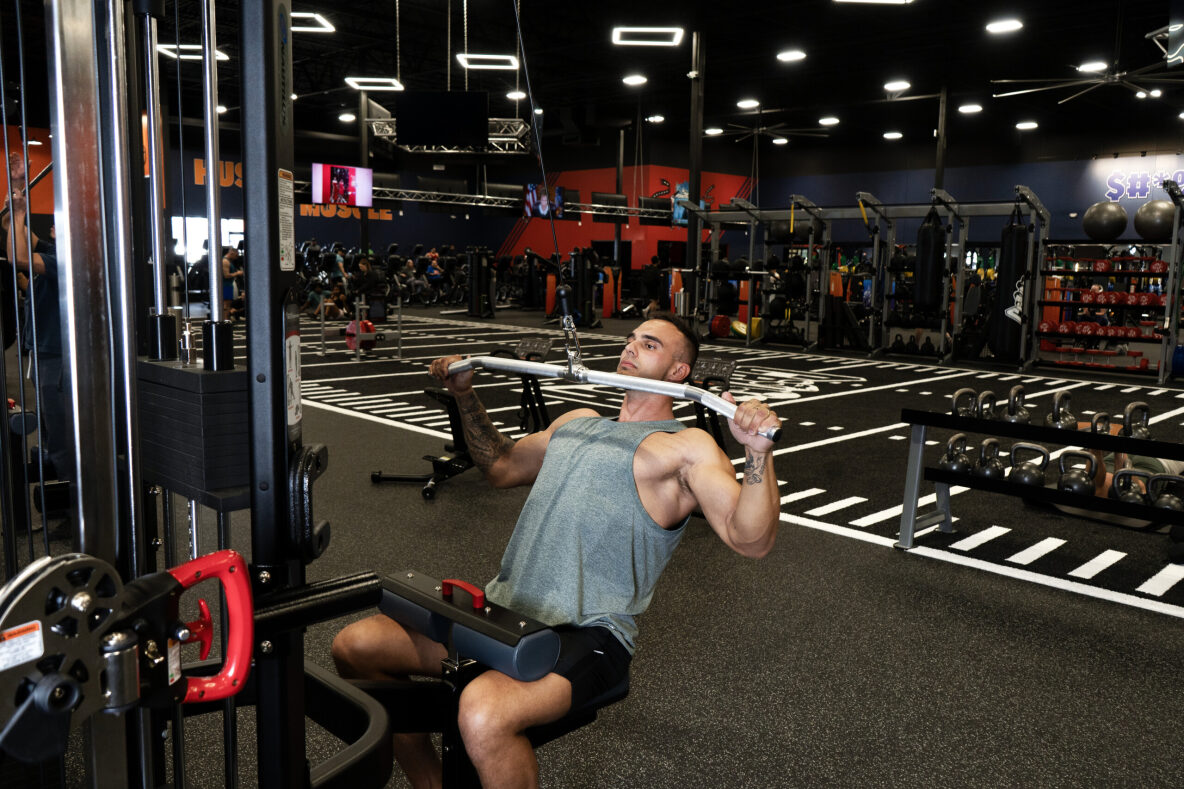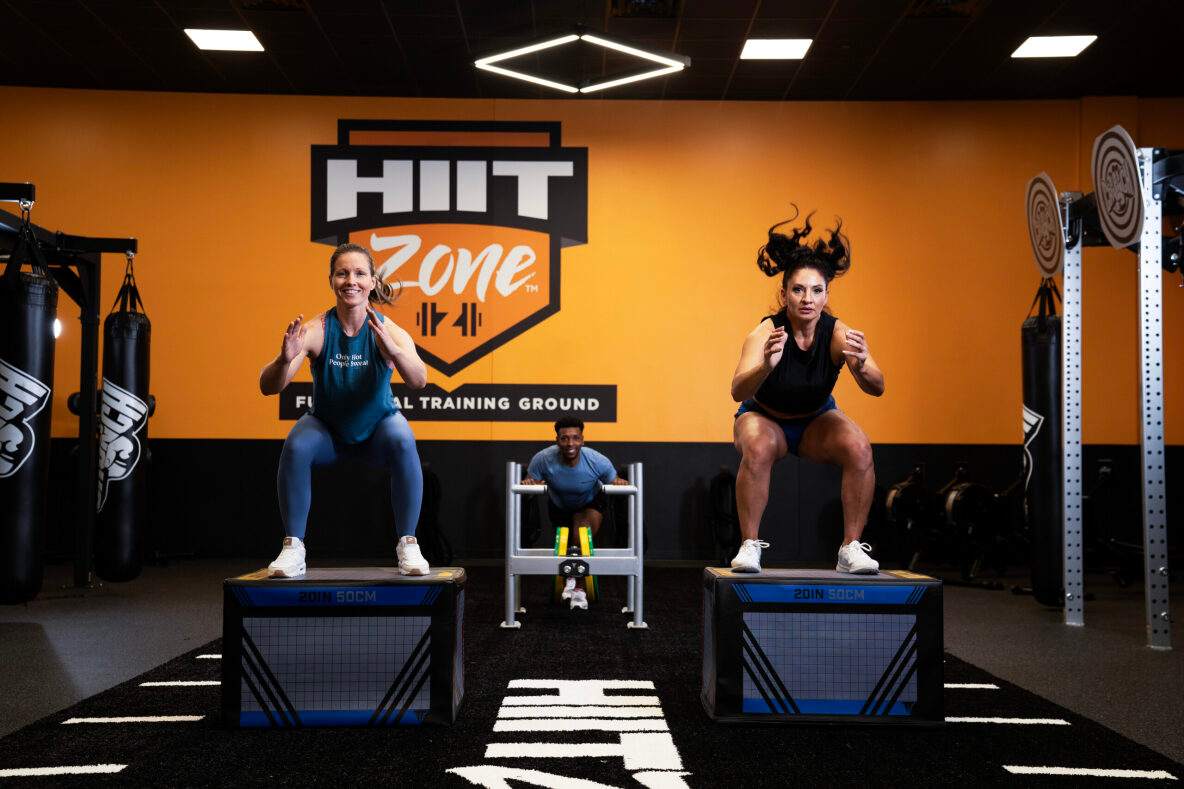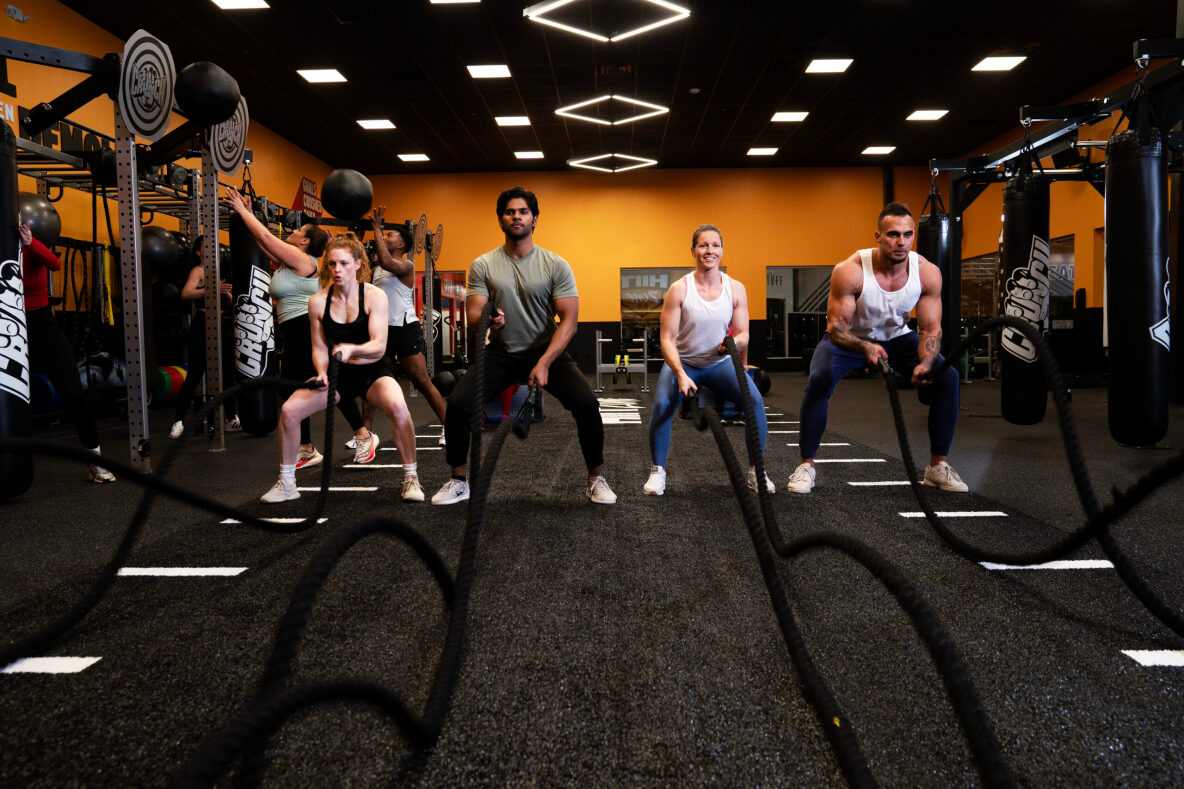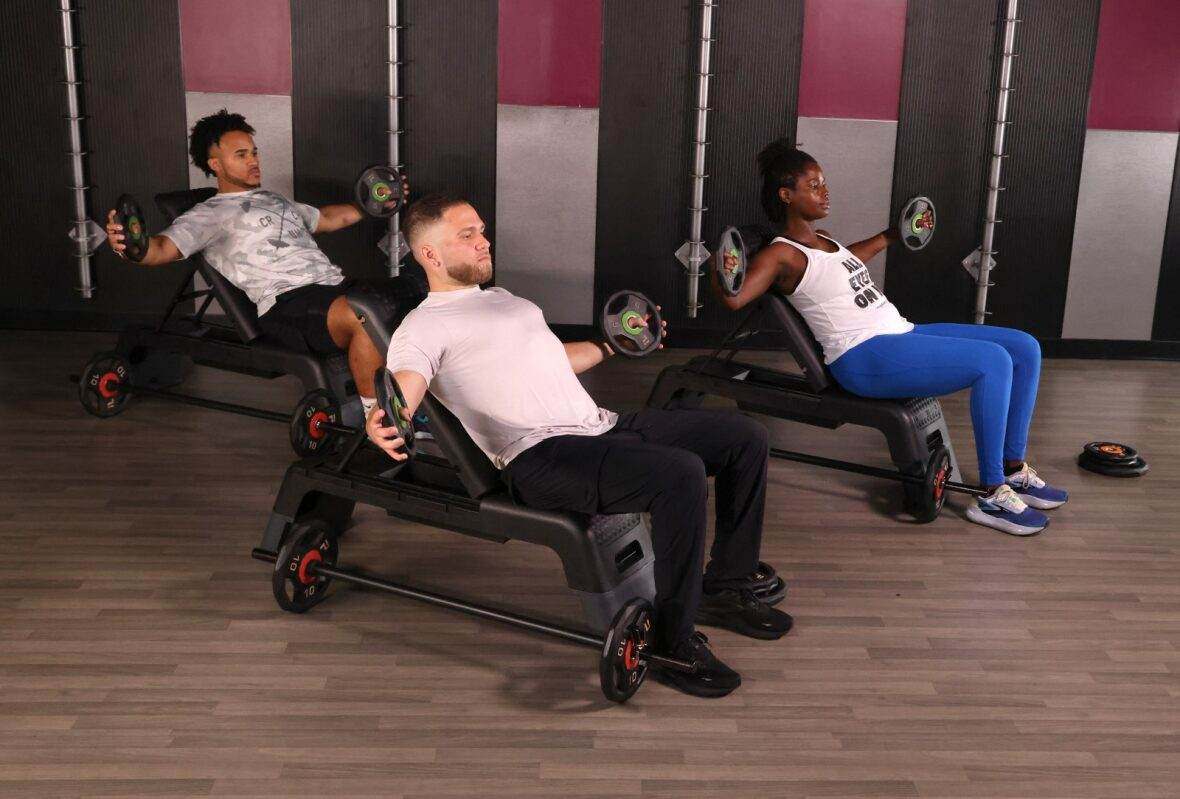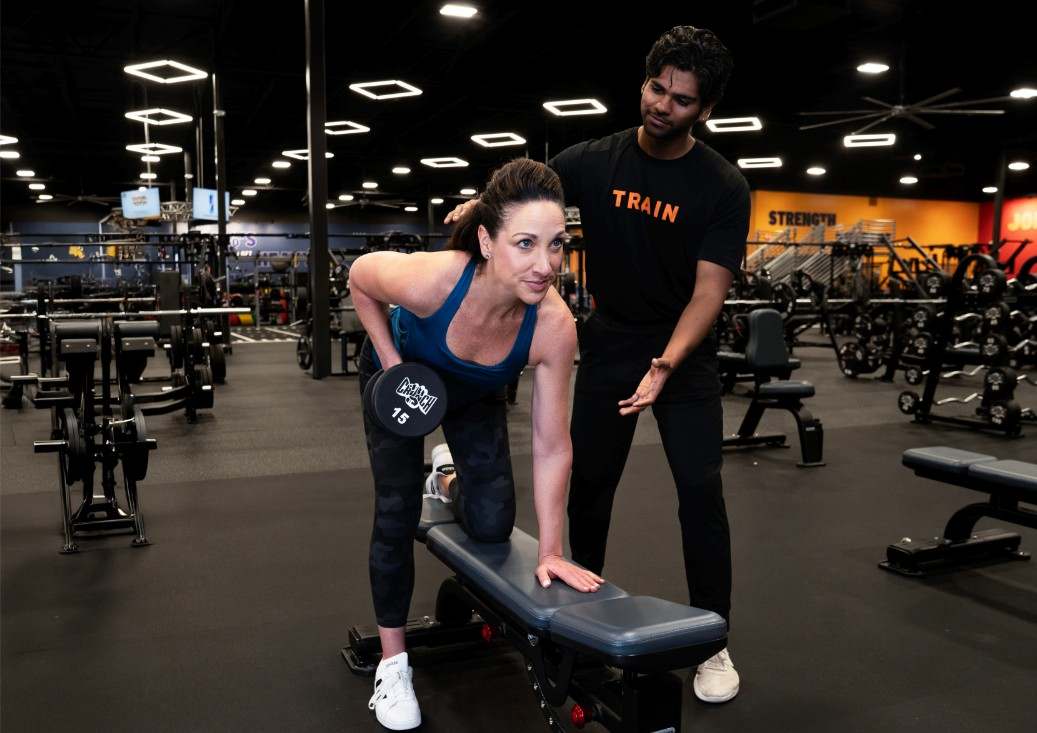The sentence that bugs a person who has little time to live is the common one: "Could it be that I am doing enough?"
In the exercise field, recommendations often become so complex that many people get discouraged even before starting. The good news? It's easier and more feasible to get the necessary health benefits than you may think.
We lay out the official exercise recommendations for adults, providing a step-by-step guide on what, how much and even how to fit it into your daily routine.
The Reality Check: Why Exercise Is Not an Option
Before we discuss the numbers, let us be truthful about the main reason of this issue.
We're made to move. Things like walking, lifting, stretching, and playing should come to us naturally. But because of the way modern life has turned out, we don't get much time to do that. Less energy becomes available, posture is impaired, metabolism slows, and even the mood gets depressed.
Working out is not only about muscles or a thinner waist — but it is the very basis of a living, joyful, healthy body. The best analogy would be to see it as a regular service of your whole system.
Exercise by Lifestyle Type (And Some Tips For You!)
We are going to do this in a more real-world manner.
1. The Busy Professional
Meetings taking up all your time? You hardly have a chance to take a breather.
In that case, add this quick routine to your schedule; nothing special just a 10-minute walk. Do it 3 times a day, whenever you're free.
Squeeze in short HIIT sessions (even 15 minutes is good), try to do it twice a week.
Take the stairs. Park your car farther. Keep moving if you can.
2. The Weekend Warrior
Your style is to go full throttle during the weekends.
This is ok — if you accomplish your 150-minute goal during Sat and Sun, it is still valid!
Do warm up properly and stretch afterwards.
3. The Fitness Enthusiast
You are really into gym or sports.
Mix cardio + strength over 5–6 days.
Include one day a week of flexibility training like yoga to get balance and mobility.
No single rule works for everyone — just being active regularly that is compatible with your timing and your mood.
The Strength Factor: Make Sure to Include It
The majority of grown-ups disregard strength training as they think that it is only for bodybuilders or gym enthusiasts. However, it is extremely important for everyone.
And here is the reason why:
- It counteracts the decrease in muscle mass (which occurs naturally with aging)
- Makes the bones stronger
- Increases energy consumption
- Lessens the chances of getting hurt
To get started you don’t even have to have any kind of workout gear. Exercises with your own body like squats, push-ups, planks, and lunges can achieve a great deal if you do them regularly.
Strength training can be compared to your “health insurance” that will guarantee you will be able to move freely and live independently later on in life.
The Power of “Every Bit Counts”
The greatest news? The exercise sessions don’t need to be continuous.
That is 10 minutes here, 15 minutes there — the things you do add up. A walk after dinner, a few squats during work calls, riding a bike to the store — these small times for movement together create a big impact over the long run.
In accordance with studies, very short portions of activities done during a day can still be beneficial for one’s heart and metabolism.
Therefore, don’t be holding out for that perfect one hour slot at the gym. Move when you can, where you can.
Don’t Forget Recovery
Exercise breaks your muscles down. Rest builds them back stronger.
You should try to have:
- 1–2 days of rest a week
- Getting hydration and nutrition right
- 7 hours of deep sleep is a must
- Stretching is crucial; you realize our joints are like machines, right? Not stretching makes it "rusty".
- Lastly, rest. It is what gives your body the time to fix itself from the stress it goes through during the workout.
When you do not take rest, your body will not be able to adjust, and it will eventually burn out.
Motivation Matters: Find Your “Why”
The greatest problem that prevents people from being active is not time - it is motivation.
Maybe your "why" is to have more energy for your children. Maybe it is to be able to walk without pain. Or maybe to improve your self-esteem; everyone has their personal reasons.
Pro tip:
Just willpower isn't enough sometimes. Habits will outweigh it. Make it a routine to go on walks, join a gym with a friend, things like this will keep your routine stable.
When Less Isn’t Enough
If your day consists of:
- You are sitting for more than 8 hours
- You do very little or no walking
- You are always tired and your body is stiff
Then even meeting the minimum requirement of 150 minutes might not be sufficient. Try to move more often during the day. It is similar to charging your phone - small frequent charges keep the device working.
Conclusion
To be fit, you don’t require a costly gym or a personal trainer — just one movement per week, which lasts 150 minutes and gets your heart pumping and muscles working.
This is 2% of your total week. Two percent — for better sleep, better mood, and a stronger you.
Therefore, make a move from where you are now. Do what you can.
After all, the question is not “Do I have time to exercise?”
Rather, it is “Can I afford not to?”
Frequently Asked Questions (FAQs)
Q1. How much exercise do I really need if I’m just starting out?
If you're starting out with no prior background, initiate with small steps - that is, even spending 10 to 15 minutes a day can bring about changes.
Q2. Is walking enough exercise for adults?
Walking is, indeed, enough exercise for adults. A brisk walk can be considered a moderate-intensity activity and thus, it provides a lot of benefits to the heart, joints, and mental health. You should aim for the pace where you are able to talk but not sing.
Q3. Can I break my exercise into shorter sessions throughout the day?
Surely, you can and it is better than one long session. An exercise divided into three 10-minute sessions can be just as effective as one 30-minute session.
Q4. What happens if I don’t meet the 150-minute target every week?
If you do not meet your target for a few minutes, that will not reverse the progress made. What is most important is to keep moving regularly as a part of your lifestyle. It may happen that some weeks are lighter and others heavier - that is okay.
Q5. Do I need to go to a gym to meet my exercise goals?
Not really. Physical activities can be performed practically anywhere - be it at home, in your neighborhood or in your office space. You can keep fit without any equipment by using bodyweight movements, resistance bands, dancing, or online classes.
Q6. How do I stay motivated to keep exercising?
Identify your reason. It may be more energy, better mood, or the feeling of being stronger - whatever it is, associate your workouts with something that matters to you. Keep track of your improvement, reward yourself with small wins, and support them up with music or group classes to make your sessions more interesting. Above all, practice self-kindness - motivation comes along with progress.
Explore More Articles
CLOSEST CLUB
Your Local Crunch Noida
SEE OUR MEMBERSHIP OPTIONS




